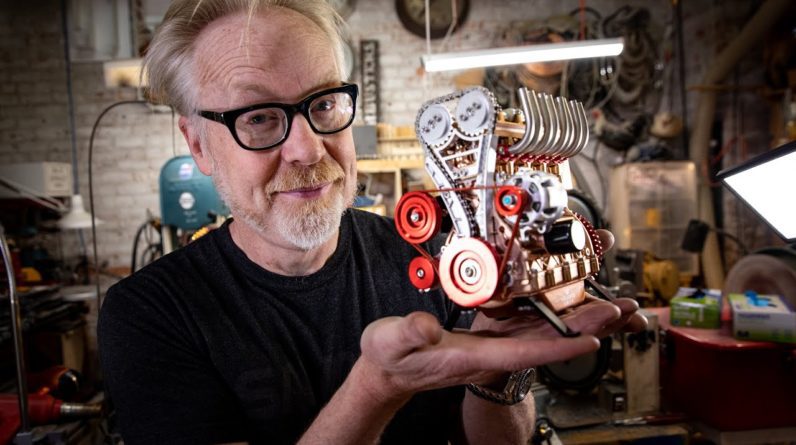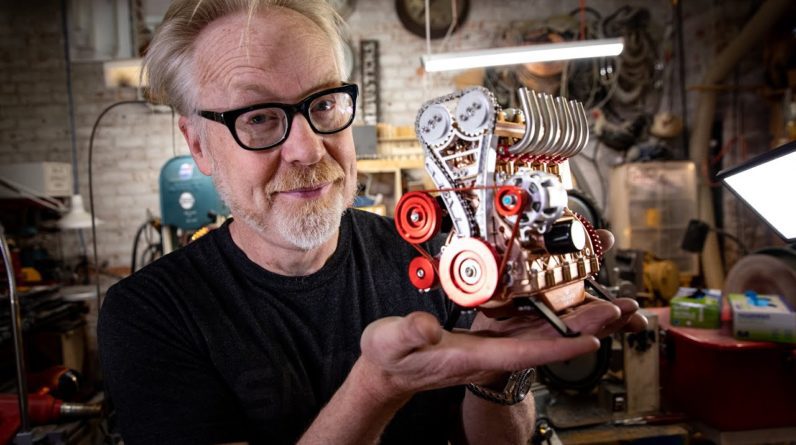Perhaps you have a vintage kit with raised panel lines and you want it to look better Or there are a few misplaced panel lines on your kit Or a couple of access panels are missing Then this video is for you Because here I am going to show you how I deal with all the issues regarding the panel lines. First lets see the tools we are going to use. Let's go over the tools we are going to use Everything that I am going to show you can be done using a simple sawing needle in a pin vice However the dedicated tools have their advantages. So here we have a MRP Mr.scriber narrow with just 0.16mm width I'll call it a claw type scriber as it looks like eagles claw Next comes the Tamiya fine craft saws which are very thin and just as useful Then some sort of needle or other pointed sharp device will come handy.
Fine line vinyl masking tape is very good at leading the scribing tools Scribing templates which are incredibly valuable part of the toolbox Some sheet plastic and some sanding materials. Mr. Cement S is the best solution for the application I am going to show you Plastic goo can always come handy At some point we will use CA glue believe it or not. A pencil and divider with graphite tip are essential Some brushes, an airbrush and compressor for clean up And finally a flexible metal ruler also to guide the scribing tools Now let's get started with something simple. Whenever two fuselage halves are joined and the seam line gets taken care of Chances are some panel lines will get lost. The First way is to avoid that and make the panel line deeper before we get to dealing with the seam. A few passes with a thin saw will ensure that you'll still have a panel line after sanding. Then if necessary you can run the claw type scriber once or twice.
If the damage is done and the distance between the existing portions of the panel line is significant some vinyl tape will help us establis a guide for the scriber to follow After a few passes, a clean up and some mr.cement S we have a nice panel line. if the distance between the panel lines that survived is small enough all we need are a couple of passes with the thin saw and the clean up procedure. Now let's see how we can deal with another post assembly issue. in recent years Manufacturers are trying to place the joints on existing panel lines This is good but creates an issue with the quality of the panel line Here the real solution is to make the parts fit as close to perfect as possible and eliminate any possible gaps.
Then we glue the parts together using plastic cement We need to let it cure so we can comfortably scribe over the joint. 24 hour should be sufficient While glueing we have to avoid melted plastic oozing out of the joint This will make the job much more difficult. After this we can make the new panel line with by running the claw type scriber in the joint Now let's see what issues we can encounter even if our kit has recessed panel lines.
Often times recessed panel lines can be too shallow And can disappear under a few coats of paint What we can do to improve the looks is quite simple. Make a few passes with the scriber and the panel lines instantly get better. But not so fast There are a few things we need to take into consideration. Take the scale into account. while 1/144 airplane needs just one light pass the 1/24th car can take several. The more passes you do the wider the panel line gets. Also some times the panel lines are not properly molded into the plastic and their depth vary along their length. this is highly likely to cause your scriber to jump out of the panel line. Most shallow spots can be found on top of arching surfaces but not only there so make sure you inspect the panel lines. When you find issues you can correct them with Tamiya’s thin saw type scribers or similar tool After the panel line is done it needs to be cleaned up from debris A brush or compressed air can be used to clean up the sanding dust Then a restrained application of Mr.Cement S to soften the edges a little and melt down everything left over debris.
And look at the difference. On the left we have nice deep panel line whereas on the right we can clearly see the bottom. Or here where we have made just one pass with the scriber Before we get to the most important part of this tutorial Let me introduce you the sponsor of today's video. Three ways to approach raised panel lines If yours are high enough you can use them as guides for your scriber Nice and simple Make a few passes along the existing panel line then sand everything smooth Clean up the debris and you are golden However sometimes this can play bad games with you Just like here, where the raised panel line was not consistent trough its entire length. Option number two Using the pointed scriber make tiny holes which will mark the position of the panel line. Wipe everything away with your sanding device. The sanding dust will fill the indentations you made wich will serve as a clear indication for where your tape should go Mark the end of the panel line if it is internal for the detail surface and carefully scribe the new panel line Then sand, clean and your panel line is ready.

Our third option is to use scale drawings and create the panel lines from scratch. If you have the drawings in your scale that's perfect If not I have a very stupid but simple method of scaling drawings I find on the interwebs. Get the drawing in Photoshop or similar software Measure the distance between two points on the model then create a rectangle with the same length as the measurement and resize the drawing to fit the rectangle Just make sure you keep the proportions of the image when resizing. Probably there are more sophisticated methods but this one works Now we can remove the raised panel lines Then we need to establish a couple of base lines which are easy to reference onto the part For me the easiest way to transfer the panel lines from the drawing to the model is using a divider with graphite tip. For longer lines I use flexible steel ruler as it is much faster to position than tape and if held properly in position it's not going to move or deform. All we need to do now is a few light passes with the scriber.
In the case of this 1/72nd scale kit I am making two passes. Now that we have the base lines we can mark the intersections with their perpendicular panel lines, transferred from the drawings. Next we scribe the panel line. After that it is rinse and repeat until all is done. One thing to note here. Always make the measurements from a base line and not from one line to the next. This way you'll avoid stacking errors. Small errors may go unnoticed but if you stack a few then the last line can get way out of alignment. Next we can sand the surface smooth and then blow out the sanding dust from the panel lines Alternatively soapy water and a brush work well too. Small amount of Mr.Cement S is going to take care of any left over debris and And it is all done… but what about those access panels? Besides the case of rescribing a complete kit I am sure that you have models that are missing some of those all-important hatches and access panel details. Fortunately there is a huge choice of templates with all kinds of shapes and sizes.
There are a couple of very important things to do here. First is to make sure that our template is positioned as close to perfect as possible and the second is to make sure that the template is firmly secured in position and conforming with the surface of the model. Here is where the pointed scriber or needle excel. After a couple of laps resting our tool on the template we can remove it and then sand and clean up the area It is best to avoid sanding over other panel lines to avoid unnecessary cleaning. After a little bit of mr. Cement S we have wonderful access panels. But what if we cannot fit the template for some reason.
Don't worry, here is the solution. Using a thin sheet of plastic and the metal template we are going to make our own guide with the help of the pointed scriber and possibly a scalpel blade. The goal here is to go trough the plastic and get a detail that has the same shape and size as the outline of our access panel then using small quantity of CA glue we are going to secure our guide in place Then it is a matter of carefully scribing around the plastic piece.
<i><b><u><font color=#00000000></u></b></i> Once we are done we can remove the guide and sand the surface smooth. And this is how we overcame one more problem. But wait, what about fixing scribing mishaps you might ask I got you covered fellas.
To fix errors or fill unwanted panel lines first we need to know weather we are going to scribe over them If not it is easy.. just use your favorite filler. For this job I use Mr.Surfacer 500 as i can apply it with fine brush which allows me to apply the filler on very confined surfaces. After application the Surfacer needs to dry for a while and then it can be sanded smooth If we need to scribe over the area, then I suggest using plastic goo which is sprues melted in plastic cement This filler will have the closest properties to the plastic of the model.
One disadvantage is that it needs a lot of time to cure properly. In most cases it can be sanded after 24h but to scribe over it at least 3 days must pass You can check the curing condition by pressing a fingernail against the filler If you can leave an indentation then the filler is not ready to be sanded. Now that we have this beautiful finish it is the perfect moment to apply the rivet details How to do that you can learn with my riveting tutorial And don’t forget to subscribe if you haven’t done so already Thanks you for watching and until next time Happy modeling fellas






